"My coconut tree"
In Tung Chanh village, Cat Hiep commune, Phu Cat district (Binh Dinh), Mr. Luu Anh Vu (34 years old) is considered the person who "extended his childhood with coconut trees" when he turned his previous cassava and bean gardens into a coconut garden of more than 1 hectare. Mr. Vu started converting crops in 2016 and by 2024, he officially implemented the model "My Coconut Tree". The unique thing is that customers can scan the QR code to identify each coconut tree, thereby knowing the age, yield, care method, and even... the name of the person who bought that coconut tree.
Coconut garden of Mr. Luu Anh Vu in Tung Chanh village, Cat Hiep commune, Phu Cat district (Binh Dinh). PHOTO: HAI PHONG
After a short time, this model has received positive support from consumers, especially in big cities (customers only choose the tree, do not need to take it home but leave it to the coconut garden owner to take care of, when the harvest season comes, customers can come directly to pick coconuts or the garden owner will send them to the requested address). They can directly choose to buy a whole package of each coconut tree for a year at a price of 800,000 to 1 million VND/tree, and at the same time "own" all the fruits that the tree produces, with a yield of about 100 - 120 fruits/year.
The unique feature of the "My Coconut Tree" model is the application of QR code technology to retrieve information about each tree. Each coconut tree has its own identification code, including detailed information such as breed, age, planting time, selling price, estimated yield, and especially the name and phone number of the owner.
Each coconut tree has a QR code. PHOTO: HAI PHONG
Customers can come to the garden to choose a tree, take pictures with their "coconut tree" or watch remotely via updated images from the garden owner. When the harvest season comes, Mr. Vu will notify customers to come experience or receive coconuts at home.
"The coconuts that reach consumers have a clear identity and address, guaranteed quality, not through traders or intermediaries, so everyone can rest assured," Mr. Vu shared.
Coconut is an easy-to-grow plant with low investment costs. In the first 4 years, you can use the land to grow peanuts, raise chickens, and raise cows. This helps increase income and improve the soil. After 30 months of planting, the tree can bear fruit, and from the 4th year onwards, it will bear fruit regularly all year round.
Thanks to organic care, Mr. Vu's coconut garden has a stable yield, each tree produces 100 - 120 fruits/year, with an average selling price of 8,000 VND/fruit, 2,000 - 4,000 VND higher than what traders buy at the garden. Each year, growers earn about 1 million VND/tree, not to mention many households also sell Siamese coconut seedlings for 40,000 - 60,000 VND/tree, increasing their income.
When it's time to harvest, coconuts are picked and delivered to buyers. PHOTO: HAI PHONG
Not only that, coconut trees also contribute to solving the problem of livestock wastewater in rural areas. Manure and wastewater from farms are used as organic fertilizer to irrigate coconut trees, which both saves costs and increases productivity.
Replicating the model, aiming for export
According to the Department of Agriculture and Environment of Phu Cat District, the "My Coconut Tree" model has 35 households participating. With this method, the product does not have to worry about output, the price is stable, ensuring food hygiene and safety and creating great trust for consumers.
The whole Phu Cat district has 35 households participating in the model "My Coconut Tree". PHOTO: HAI PHONG
Phu Cat district currently has about 1,250 hectares of coconuts, of which nearly 1,160 hectares are bearing fruit. Some communes with concentrated planting areas include Cat Hiep, Cat Hanh, Cat Trinh, Cat Son... Recently, the district has completed procedures for 130 households with more than 50 hectares to be granted growing area codes. This is a prerequisite for exporting fresh coconuts to China.
In addition, many households have also started to participate in the organic coconut production model, with an area of 18.4 hectares in Cat Trinh, Cat Lam and Cat Hiep. Cooperatives and coconut growing associations have also been established locally to provide technical guidance and product consumption.
According to statistics, by the end of 2023, Binh Dinh province will have more than 9,350 hectares of coconut, of which Siamese coconut accounts for nearly 2,300 hectares. Coconut is mainly grown in Hoai Nhon town and the districts of Phu Cat, Phu My and Hoai An, becoming a key and strategic crop.
Source: https://thanhnien.vn/quet-ma-qr-cho-dua-185250618110243033.htm


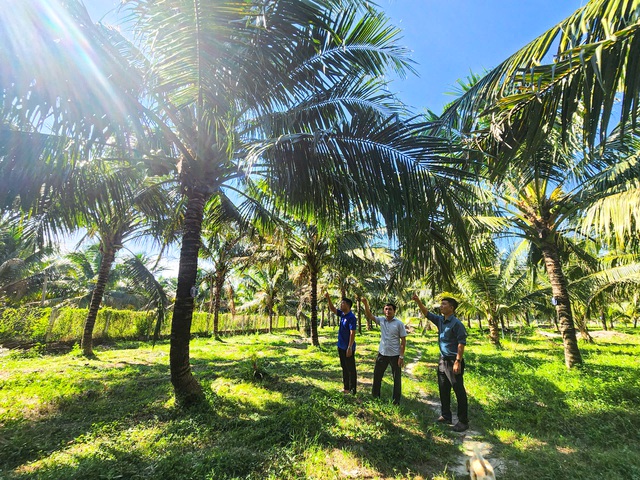
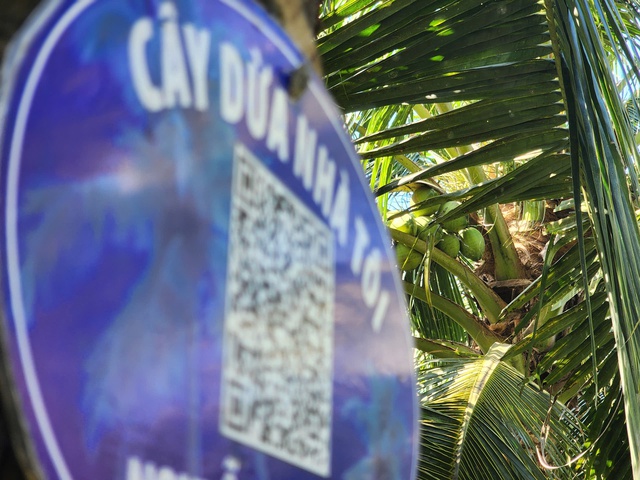
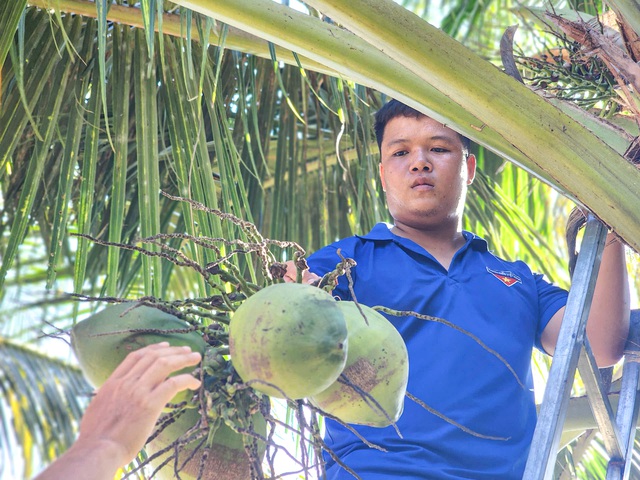


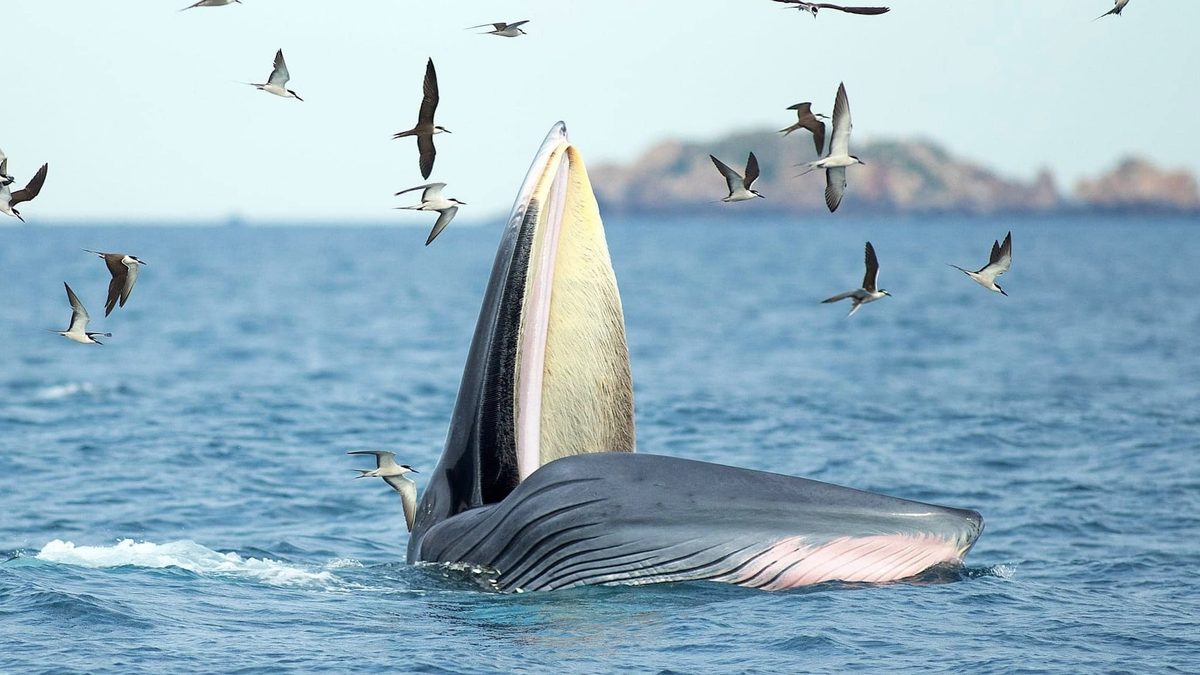

![[Photo] Cuban artists bring "party" of classic excerpts from world ballet to Vietnam](https://vphoto.vietnam.vn/thumb/1200x675/vietnam/resource/IMAGE/2025/6/26/797945d5d20b4693bc3f245e69b6142c)


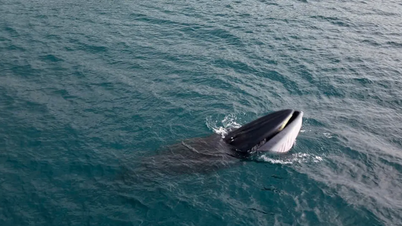

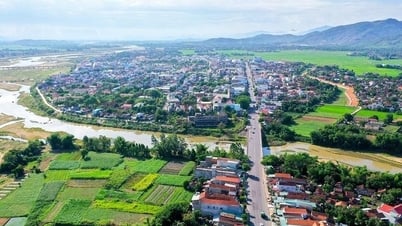

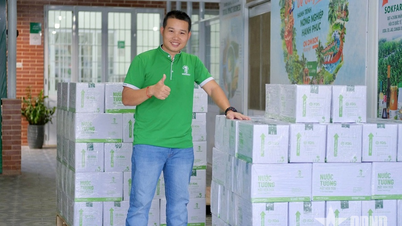





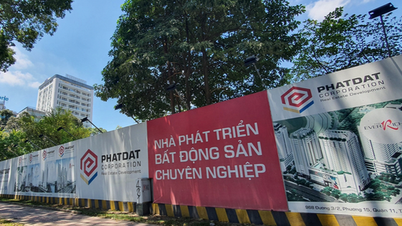


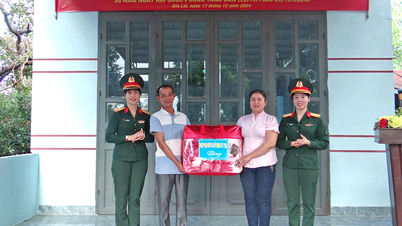



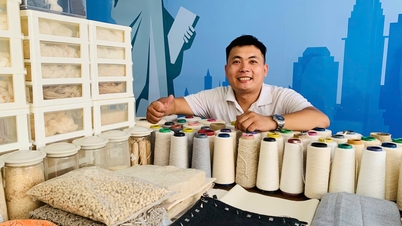

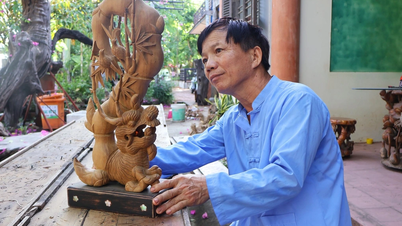







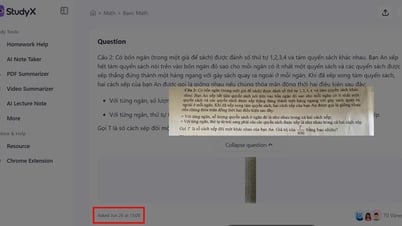
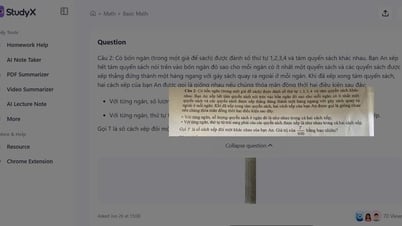


![[Photo] General Secretary To Lam receives Australian Ambassador to Vietnam Gillian Bird](https://vphoto.vietnam.vn/thumb/1200x675/vietnam/resource/IMAGE/2025/6/26/ce86495a92b4465181604bfb79f257de)
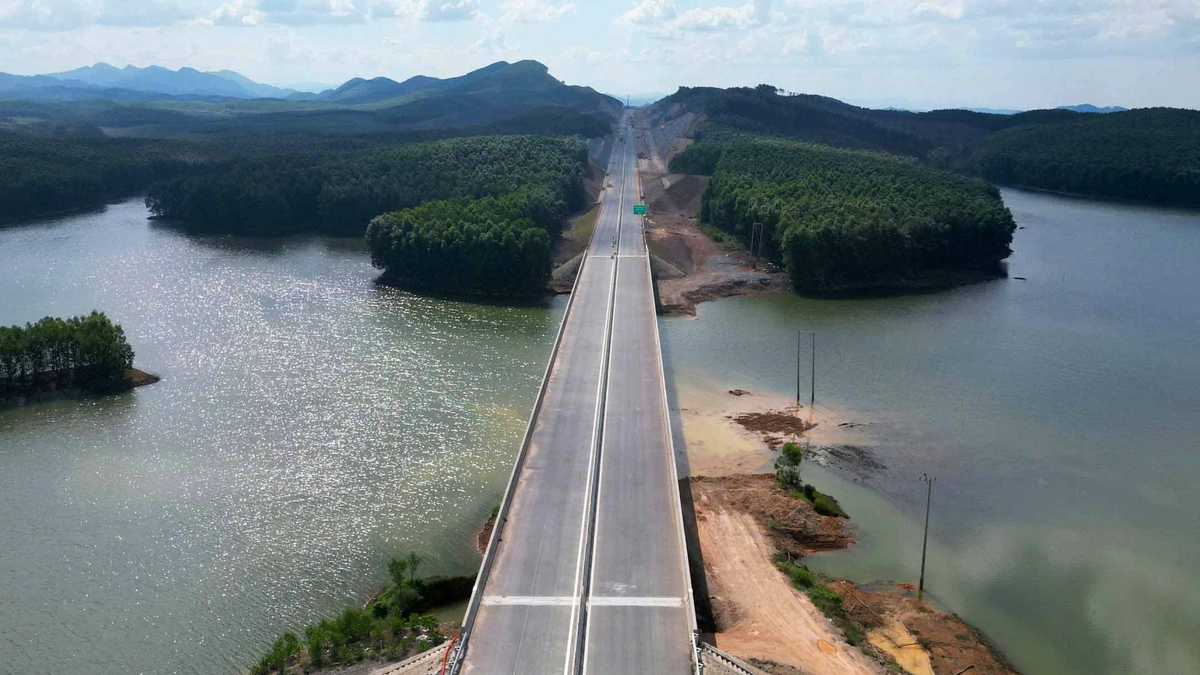


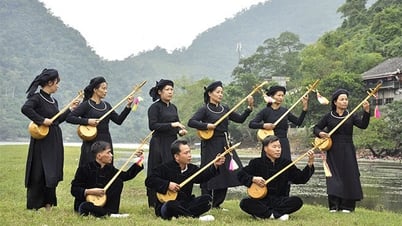






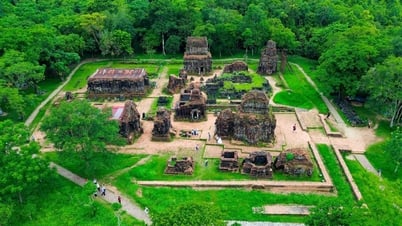
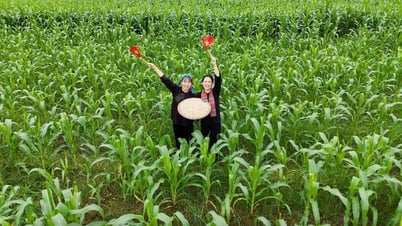

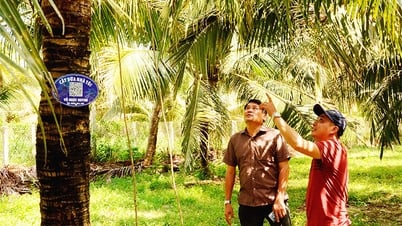






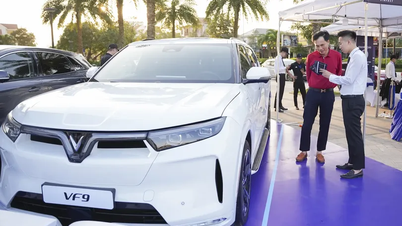



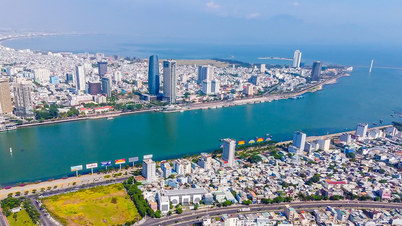




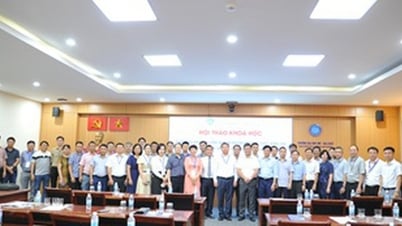





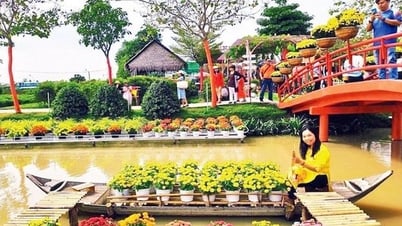


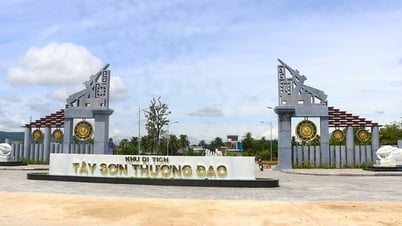






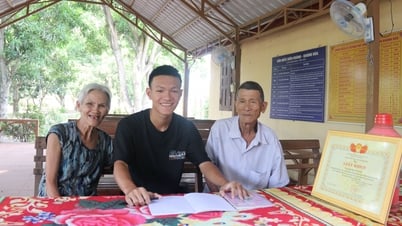


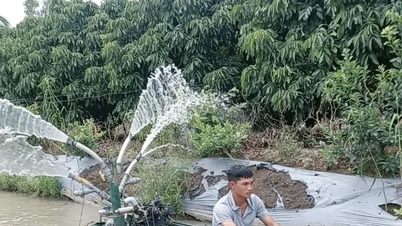















Comment (0)